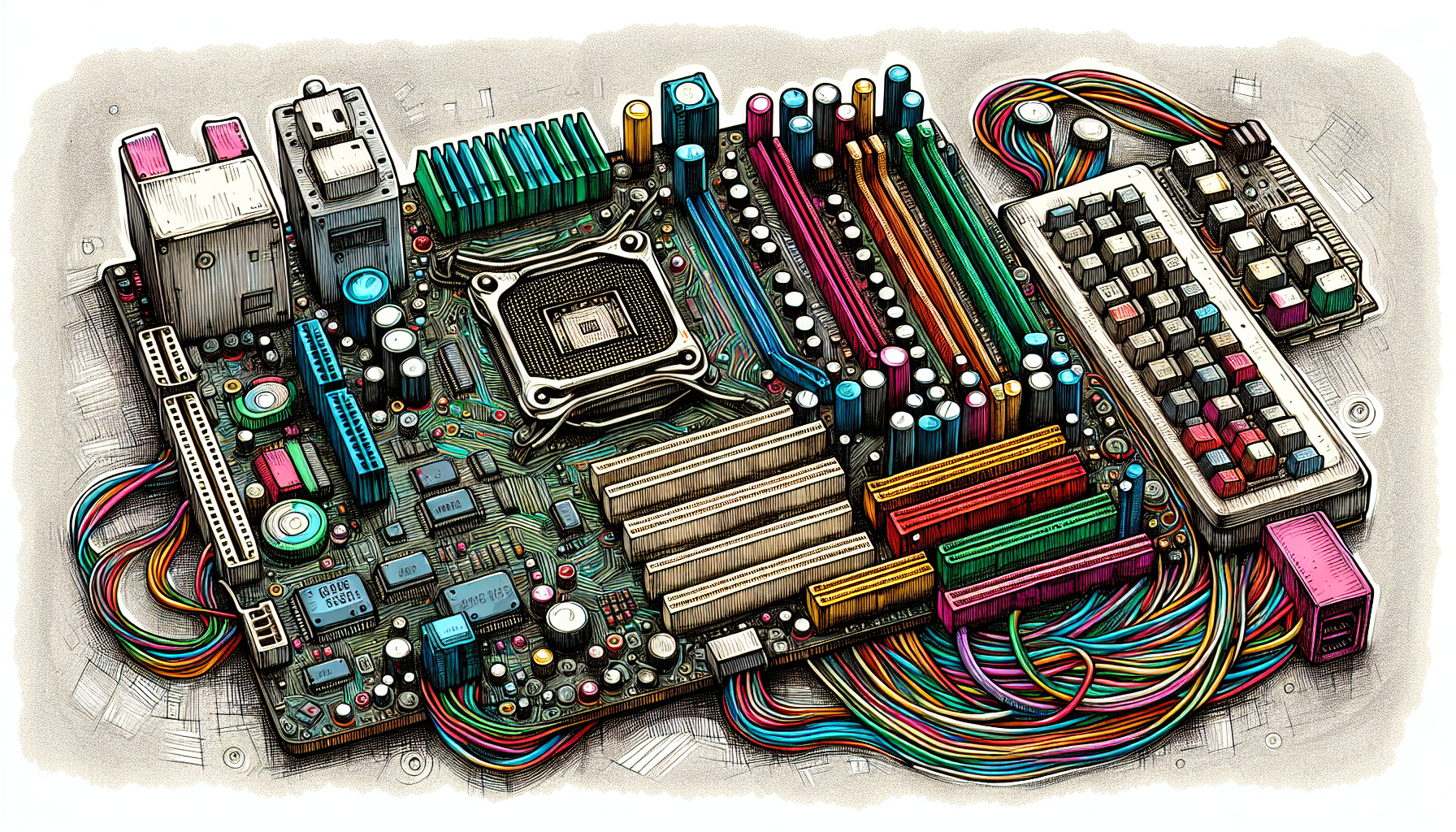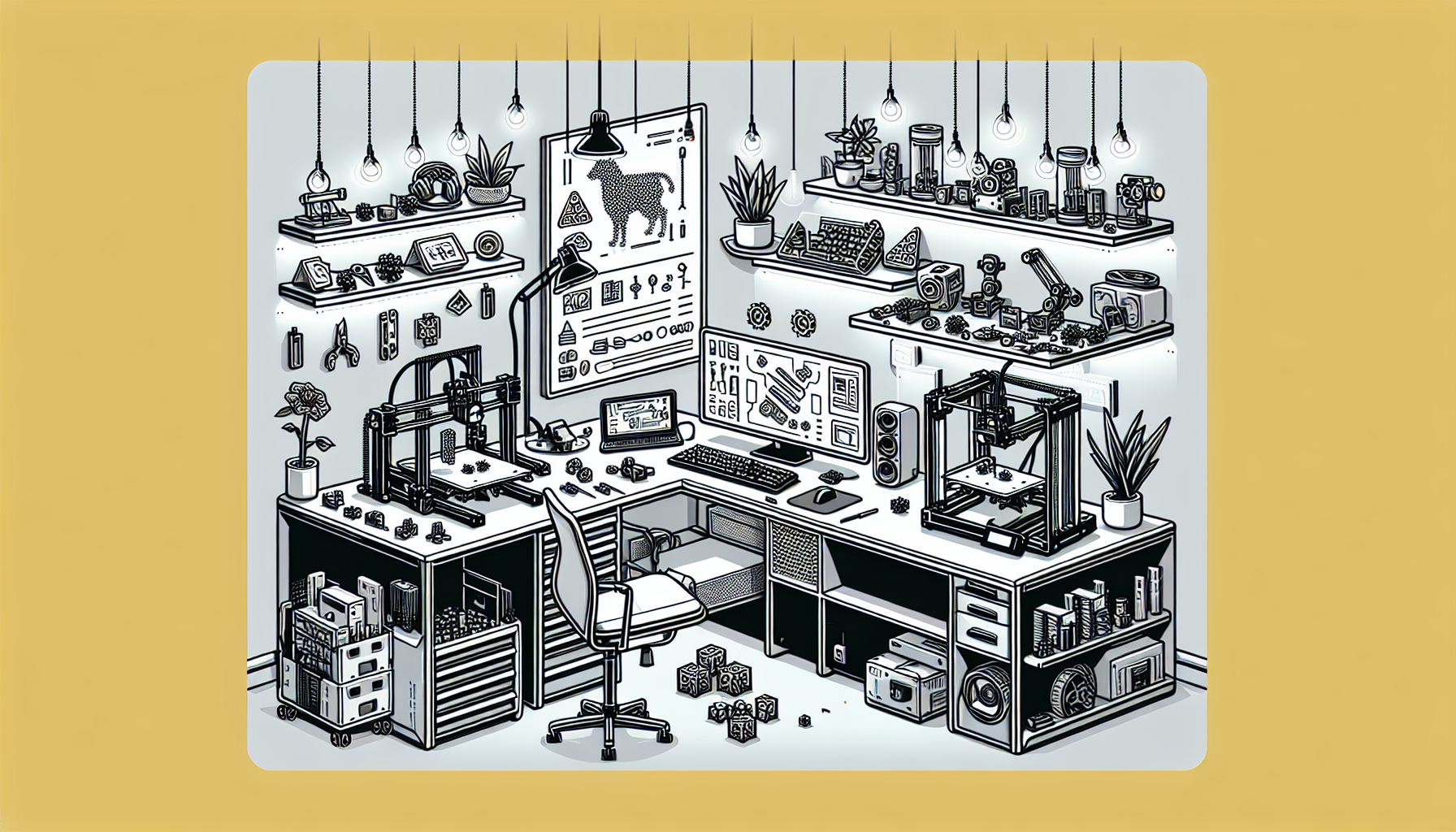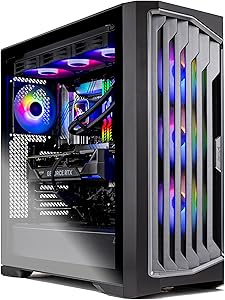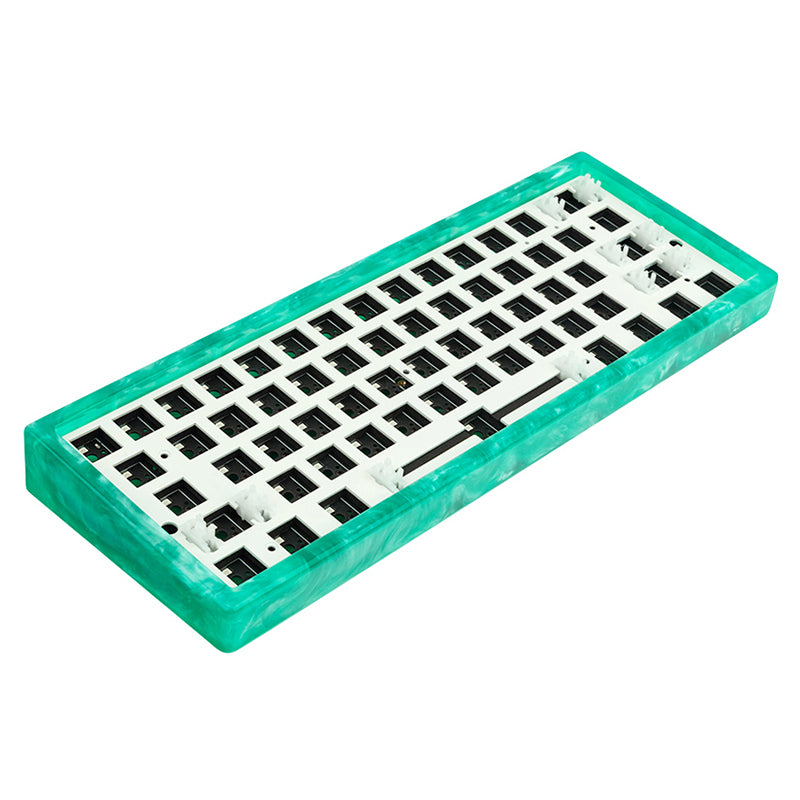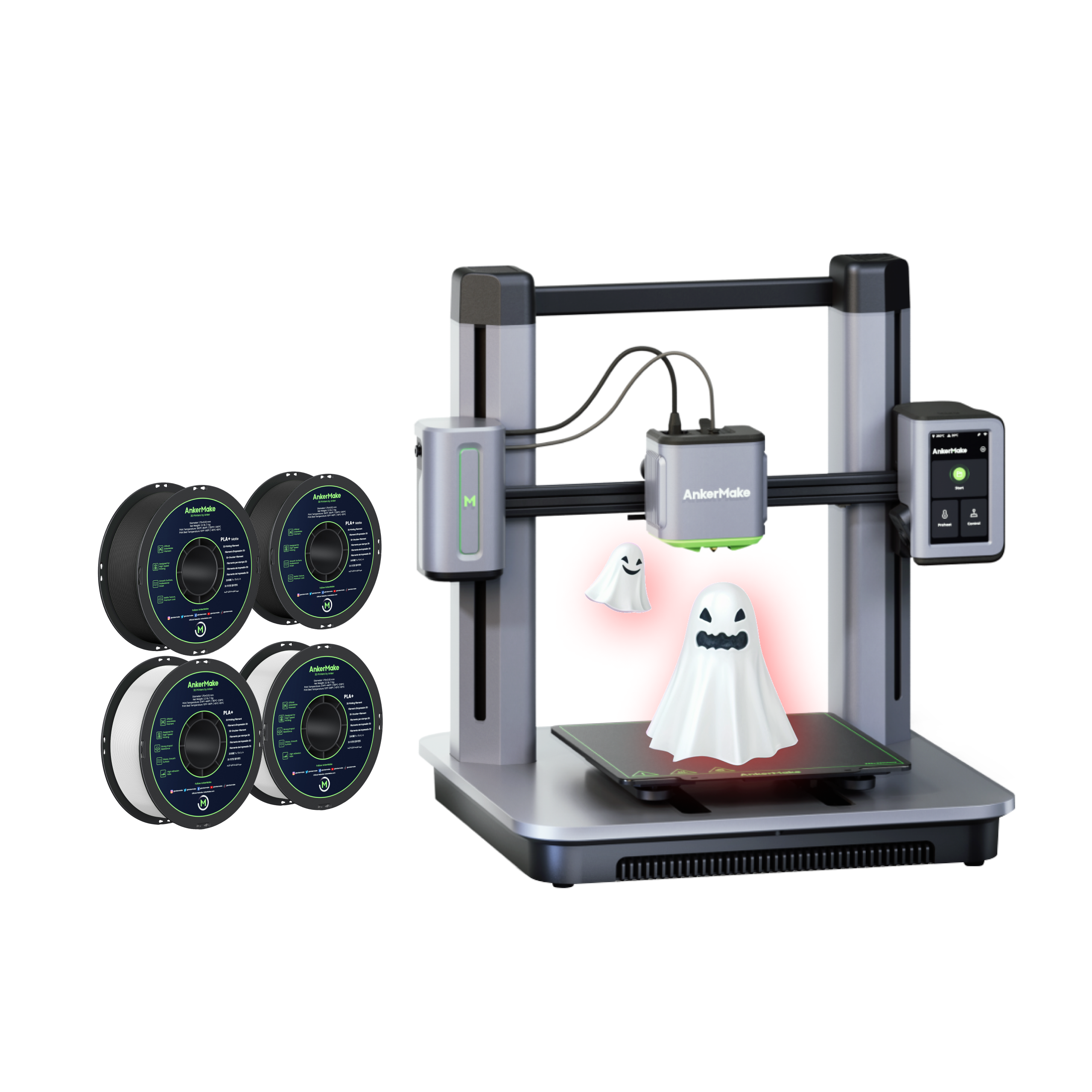Reviving Retro: The 80286 ATX Mainboard Project
In an age where technology evolves at lightning speed, retro computing is experiencing a resurgence that captivates both old-timers and newcomers alike. The revival of projects like the 80286 ATX Mainboard not only rekindles nostalgic memories but serves as a poignant reminder of the roots that shape today’s computing landscape. This project draws inspiration from the legendary IBM 5170 AT PC, breathing life back into a classic architecture that laid the foundation for modern computing.
The 80286 ATX Mainboard Project
This ambitious project aims to recreate the computing experience of the 1980s while offering valuable educational tools for students and hobbyists alike. The 80286 architecture, once praised for its processing power, is being meticulously reconstructed to capture the essence of an era when personal computers were burgeoning into households and businesses around the globe.
Significance of Reviving Retro Technology
Projects that focus on retro technology do more than just appease nostalgia; they bridge a gap between generations of tech enthusiasts. Imagine students stepping into the world of computing, not through sleek modern devices, but by interacting with vintage hardware that helped shape the story of personal computing. The educational opportunities presented by these retro projects are immense, offering insights into the evolution of technology and its impact on our daily lives.
Technical Challenges and Solutions
Every project has its challenges, and recreating the 80286 architecture is no exception. One critical hurdle faced was the reverse engineering of the IBM 5170 architecture, fraught with complexities given the unique design choices of the era. The decision to use Programmable Logic Devices (CPLDs) versus traditional TTL chips speaks volumes about the innovative approaches modern designers are taking to meet these challenges.
Utilizing advanced software tools like KiCad and Quartus, the designer embarked on the painstaking process of developing intricate schematics that shape the future of this retro board. The project boasts achievements like achieving operating speeds up to 20MHz and developing an array of functional hardware components that remain faithful to their origins while incorporating modern refinements.
Community Impact and Engagement
One cannot overlook the community aspect of such endeavors. Collaborations flourish as enthusiasts from various forums gather to discuss, share, and contribute. Platforms like VCFED and German DOS Reloaded have become invaluable resources for this project, serving as melting pots for ideas and constructive feedback. The contributions of each member, along with their passionate discussions, exemplify the tightly-knit community that continues to fuel the retro computing revival.
Legacy of Retro Computing
The legacy of retro computing is etched deeply in today’s tech landscape. The 80286 ATX Mainboard project is just one thread in a vibrant tapestry of tech history that reminds us that every innovation stands on the shoulders of giants.
If you are inspired by this journey, I encourage you to delve into retro computing. Whether it’s building your own project, educating a new generation, or simply joining the discussions happening in the community, there is a wealth of exploration waiting for you.
Explore Further
To learn more about the 80286 ATX Mainboard Project, check out the following resources:

